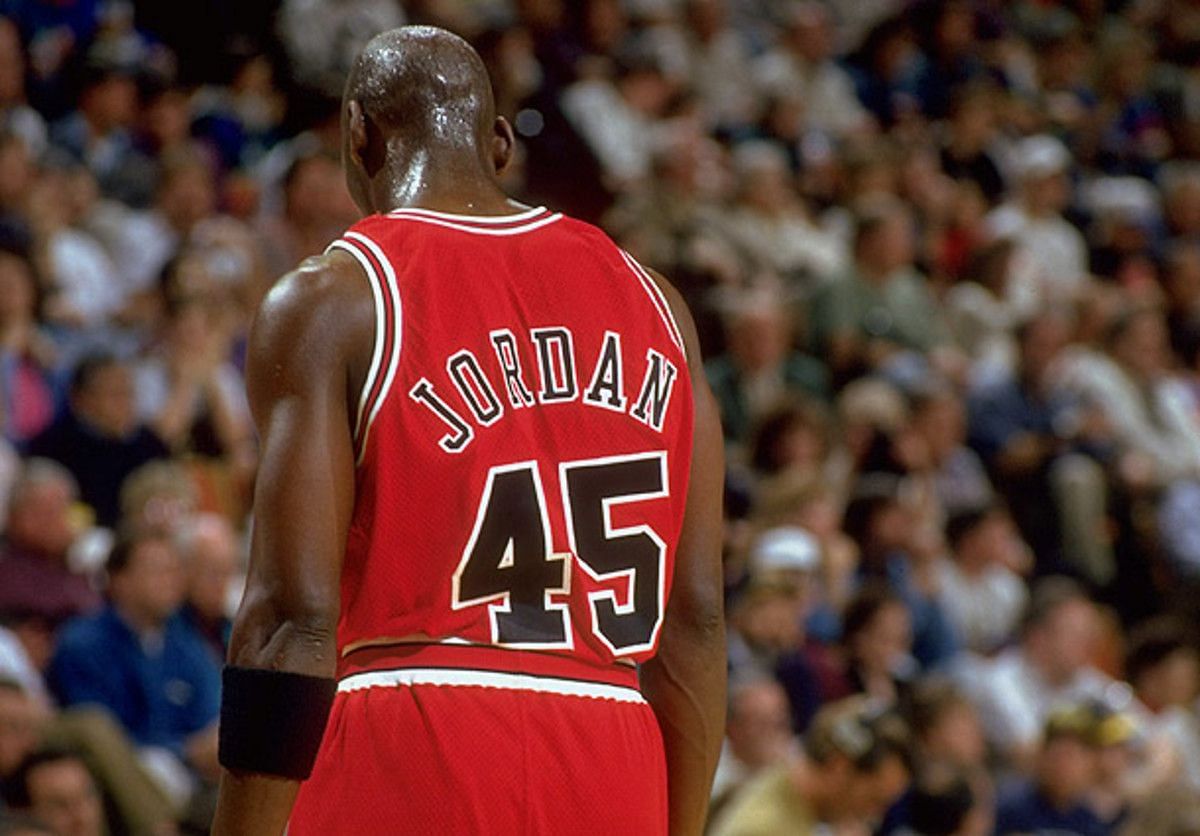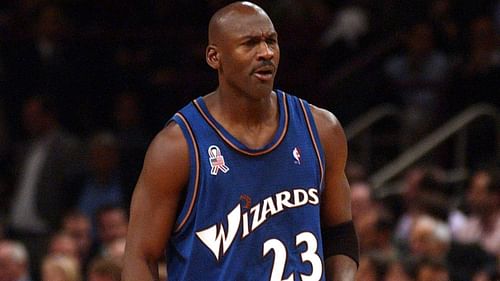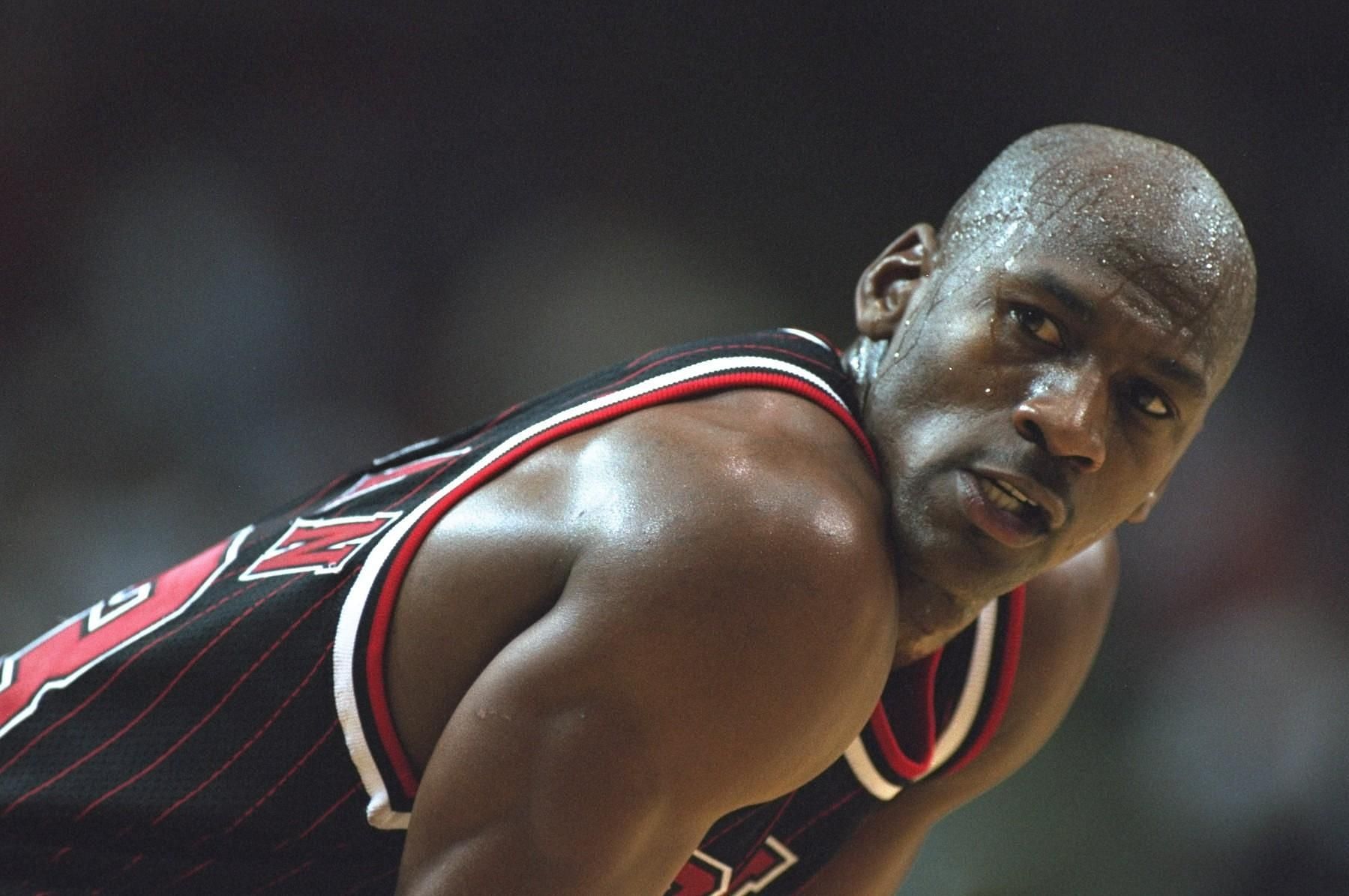
How did Michael Jordan's age change his game: Tracing his strengths and weaknesses post the age of 30
Many consider Michael Jordan as the greatest basketball player of all time. During his 15-year NBA career, Jordan won six championships with the Chicago Bulls.
Jordan was originally drafted third overall by the Bulls in 1984. After winning the Rookie of the Year award, Jordan started to blossom as a rising superstar. Eventually, the high-flying shooting guard would go on to be the top player in the sport of basketball.
It wasn't always his high-flying dunks and athletic plays that made Jordan so special. MJ developed into a dominant force in a variety of ways. As he got older, MJ didn't have the ability to just always beat his opponents with his athleticism.
Highlighting Michael Jordan’s offensive & defensive abilities post-30 years of age

It's not often that superstars walk away from the game in their primes. That is exactly what happened with Michael Jordan. During the 1992-93 season, Jordan had one of the best seasons of his career. At 29-years-old, MJ averaged 32.6 points, 6.7 rebounds, 5.5 assists and 2.8 steals per game.
That same season, Jordan won his third championship with the Chicago Bulls. He was an athletic phenom, dominating opponents on a regular basis with his combination of strength and power around the basket. Not only was Jordan a dominant offensive force, he was also one of the top defensive players in the league.
In 1993-94, Jordan decided to step away from basketball and announced that he would like to take a shot at professional baseball. After spending a year in the Minor Leagues, Jordan returned to the NBA at the age of 31.
Jordan returned to the NBA midway through the season and it was clear that his weaknesses were starting to show.
MJ wasn't as physical of a player as he once was. In 17 games to finish out the 1994-95 season, Jordan averaged 26.9 points per game on 41.1% shooting. It was clear that his conditioning wasn't where it needed to be.
Comparing the changes Michael Jordan inculcated as he got older

Although Michael Jordan's return to basketball was tough, it only took one offseason for him to find his groove. In his first full season back, Jordan looked as determined as ever. Despite being 32-years-old, Jordan was a force on the basketball court.
In the 1995-96 season, he averaged 30.4 points, 6.6 rebounds, 4.3 assists and 2.2 steals per game. He shot 49.5% from the field and 42.7% from 3-point range.
It would go on to become just the second time in his entire career in which Michael Jordan shot over 40.0% from deep. After being away from the game of basketball, MJ had become more of a technician. He understood his strengths and worked to let his mind create opportunities offensively.
A master of his craft, Jordan played the game with poise and moved the opposition around like chess pieces. He wasn't the same athlete as his younger days, but still had the strength and power to compete with anyone.
He won another three championships with the Chicago Bulls before retiring after the 1997-98 season. That was until Jordan got the itch once again to return to the hardwood with the Washington Wizards in 2001. Although Jordan was still able to produce at a high level, his dominance wasn't as strong.
During his time with the Wizards, Jordan focused on his craft offensively. He was still a good defender and averaged 1.5 steals per game in two seasons in Washington. Unfortunately for Jordan, the Wizards failed to reach the playoffs in both seasons.
Jordan averaged 21.2 points per game for the Wizards and retired after the 2002-03 season.